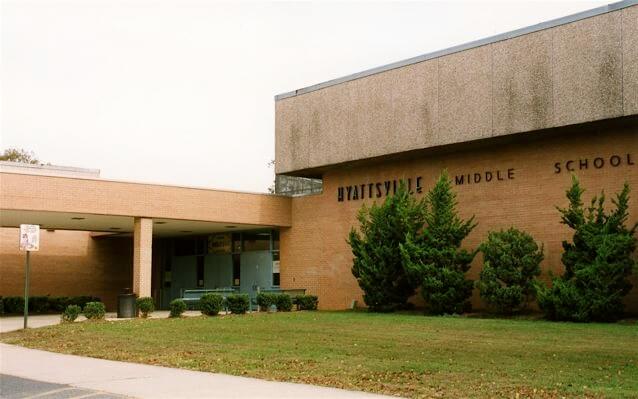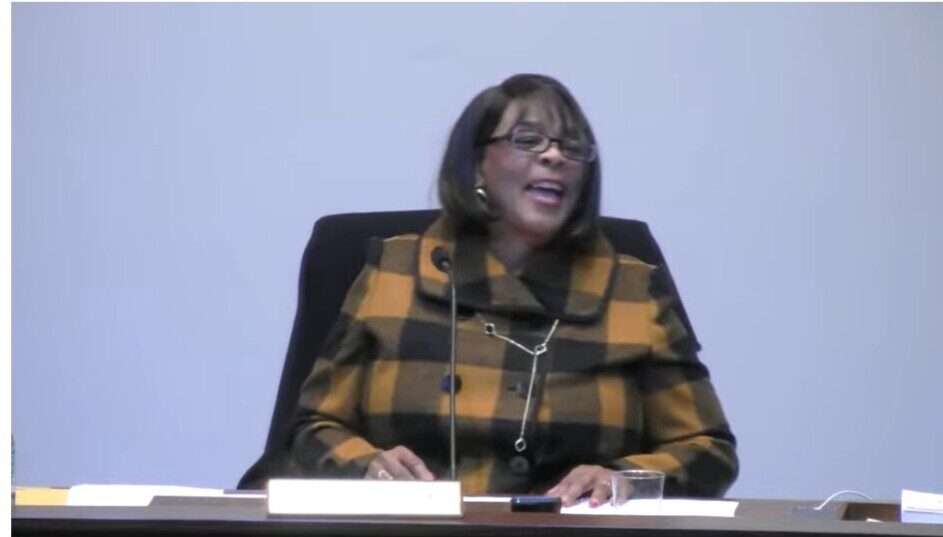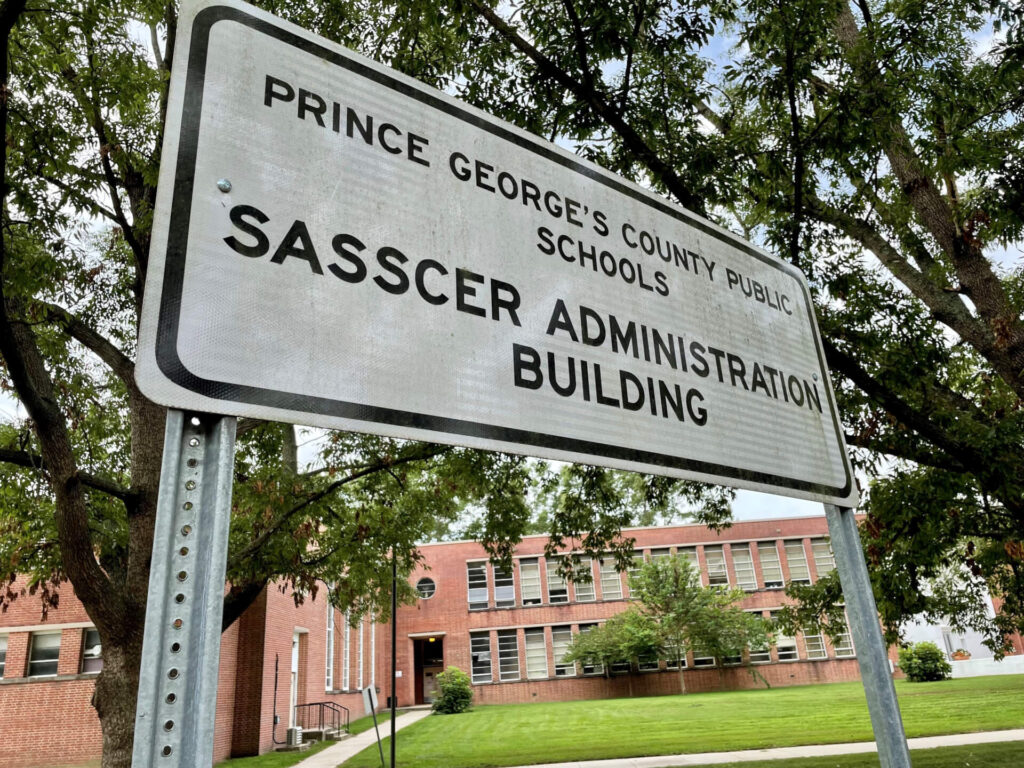Prince George’s School Construction P3 Plan Draws Backlash Before Board Vote

Some Prince George’s County residents are pushing back on the construction of six schools through a $1 billion-plus public-private partnership. If approved, Prince George’s would be one of the first districts in the country to use a public-private model, or P3, to build schools.
Four schools would be rebuilt under the agreement: Drew-Freeman Middle School, Hyattsville Middle School, Kenmoor Middle School and Walker Mill Middle School. Two new schools will be constructed in Adelphi and in the southern part of the county.
Next week, the Prince George’s County Board of Education will vote on a $1.24 billion contract with a private company that will be tasked with building the six schools by 2024 and maintain them for 30 years. If approved, the school system will go into a multi-month “exclusive negotiating agreement period,” in which Prince George’s County Public Schools (PGCPS) and the company will negotiate additional terms outside of the public eye, Raaheela Ahmed, a PGCPS board member, said in a virtual town hall Monday evening.
But one big concern for Ahmed and other community members is that board members are not given full, up-to-date financial analyses of the project before the vote. Rather, the board will vote on a summary of the final contract, which does not even include the final cost, said Jeremy Mohler, communications director of In the Public Interest, a national non-profit policy organization that studies privatization.
“Who knows what’s going to be in this contract?” Mohler said. “We need to know the details, and the board and city council need to know what they’re signing.”
The last financial analysis for the school construction project was done in February 2019, which Ahmed called “obsolete” because since then, the schools under consideration have changed and a global pandemic hit. The Governmental Accounting Standards Series also recently ruled that money given to private investors would be considered debt, which may mean that a private-public agreement could now crowd out other infrastructure needs in the district, Mohler said.
An up-to-date and detailed financial analysis that takes all these additional factors into account is necessary before voting on a contract that the district would be bound to for the next 30 years, Ahmed said.
“There have been a lot of changes of what this could look like. Although we’ve been told that there are risks, we haven’t had a real picture on what all those risks are and I think we as a community need to know them, especially seeing what has happened with the Purple Line recently,” she said.
A state legislator defended the county’s use of a P3 to construct schools.
Delegate Geraldine Valentino-Smith (D- Prince George’s) wrote about the project’s support in a Zoom chat box during the virtual town hall.
A law to allow a P3 for school construction was unanimously supported by the Prince George’s County delegation, as well as the county executive, as an option to build schools faster and more efficiently, Valentino-Smith wrote. The agreements could also help with maintenance issues “because the school board struggles with having money set aside for maintenance and the P3 would include maintenance,” she continued.
Valentino-Smith also noted that only a few buildings will be built under the agreement with supplemental money from the state, while the state’s traditional investment in school construction would continue.
Still, community advocates say the lack of transparency in the P3 contract is serious. An audit report from 2014 evaluated 75 infrastructure projects that used the P3 model in Ontario, Canada, and found that the projects ended up costing $8 billion more, Shar Habibi, policy director of In the Public Interest, said during the town hall. There was also no empirical data or rationale supporting the original key assumptions that using the P3 model would be cheaper, she said.
This raised skepticism on whether the P3 model would in fact be a cheaper and faster way to build schools.
On Tuesday, the Prince George’s County Council decided to postpone a vote on a resolution that outlined the conditions of the public-private partnership in a memorandum of understanding. But the Council turned around and voted in favor of it, 8-3, on Thursday.
“Innovation can be scary to some, but I believe it is a necessary pursuit in order to succeed in times of limited budgets and ever-growing needs,” said County Councilmember Mel Franklin (D).
The council is different from the contract that the Board of Education will vote on next week, Ahmed said, as the school board has the final say on the contract agreement with the private company.
As frustrations with Prince George’s aging and overcrowded school buildings have grown, it became clear that “we need[ed] something fast, cheap, but safe,” Ahmed said. In 2018, the Maryland School Overcrowding Reduction Act was passed to encourage innovative approaches for building schools. The next year, another bill passed that allowed Prince George’s public school construction projects to be done using the P3 model, which proponents say will speed up construction and decrease costs.
Traditionally, school buildings are built through municipal bonds, which have low interest rates but also more bureaucratic obstacles. Private companies, on the other hand, claim they could build schools more efficiently. But Mohler argues that private entities would only agree to do this if they can make a healthy return on their investment. That suggests that this route is likely to be more expensive in the long run than the traditional route, he said.
“Being able to understand how they justify the P3 option being the more cost effective option is really important because…it’s very easy to make these analyses show what you want them to show,” Habibi said.
The decision also comes down to whether or not residents and officials think public institutions should be in private hands, said Suchitra Balachandran, the chair of Our Revolution Prince George’s County.
Ahmed emphasized that it is important to take a step back and look at the public-private agreement from a bird’s eye view, not only assessing how it will affect the district now, but from 5, 10, and 20 years down the line.
But if not through the traditional route or P3 model, Prince George’s alternatives to build the much-anticipated school buildings is unclear. In any case, “I think we can all agree that there needs to be some type of accountability and auditing done internally,” said Krystal Oriadha, co-founder of The LGBTQ Dignity Project.




 Creative Commons Attribution
Creative Commons Attribution